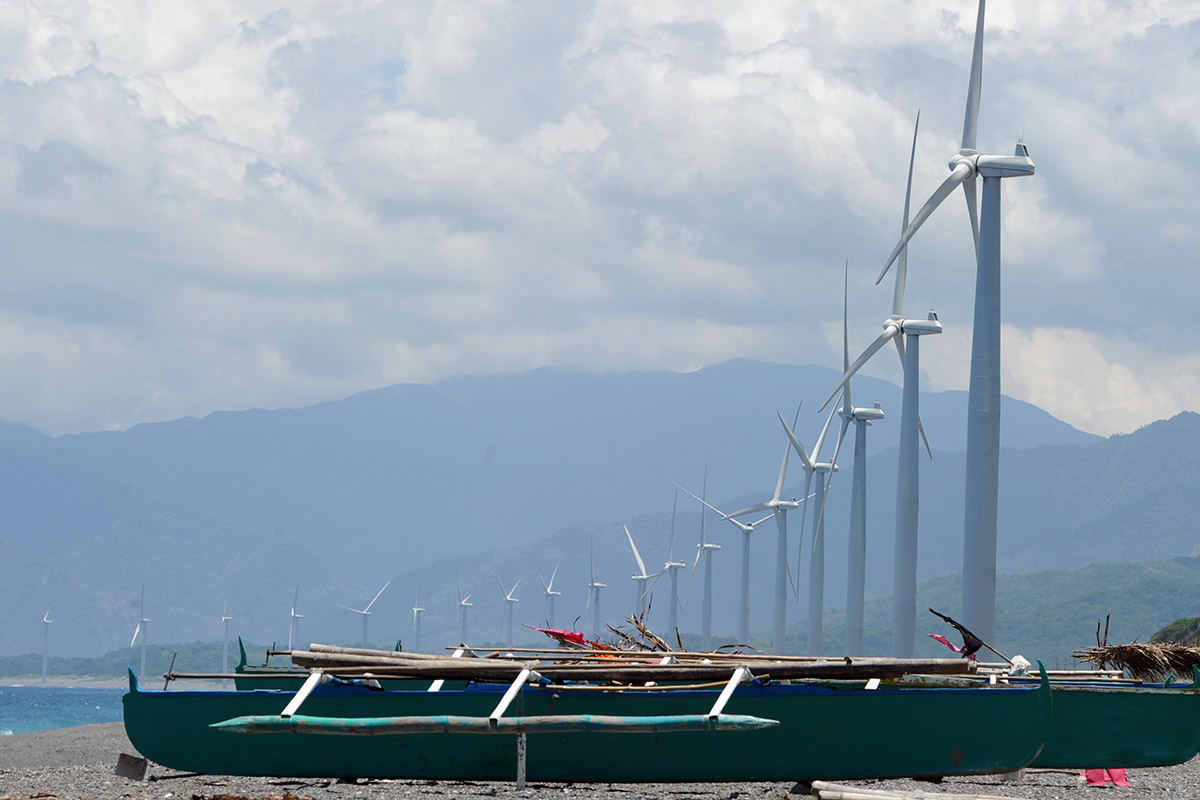Feed-in-Tariff (FiT) schemes are widely acknowledged as one of the most effective ways of renewable energy (RE) procurement globally. Within member states of the Association of Southeast Asian Nations (ASEAN), it is still relatively nascent as a primary renewable energy incentive with most countries preferring to offer tax breaks instead. Nevertheless, FiTs are a common feature in Malaysia, Indonesia, Thailand, the Philippines and Vietnam which are also countries with the highest significant growth of renewable energy installations in the region.
In a 2018 joint report by the ASEAN Centre for Energy (ACE) and the China Renewable Energy Engineering Institute (CREEI), FiTs were identified as one of the key policy drivers which had helped significantly boost renewable energy development in the aforementioned five ASEAN member states. The report also shed light on how other member states can best harness the potential of FiTs as one of the more functional incentive options for renewable energy development.
FiTs in ASEAN
The scheme, typically introduced by a sustainable development energy authority (as in the case of Malaysia) or a utility provider (as in the case of Thailand) encourages the deployment of renewable energy systems. It allows eligible producers of renewable energy to receive a guaranteed payment through a power purchasing agreement (PPA) executed between the renewable energy developer and the respective authority or utility provider, at a fixed rate for each kilowatt-hour of energy it supplies to the national grid.
Each of the five ASEAN member states provide FiTs for different renewable energy technologies such as hydro, solar PV, wind, biomass, biogas (Indonesia, Malaysia and Thailand), geothermal (Indonesia and Malaysia) and waste energy (Indonesia, Philippines and Thailand).
In designing the mechanism, Malaysia, the Philippines, Thailand and Vietnam set their FiTs based on the levelized cost of energy (LCOE) and additional premiums which provide some return on investment. In Indonesia, the FiT was replaced by a new incentive scheme which is set as a ceiling price based on the local and national generation cost of electricity.
In terms of implementation, each ASEAN member state establishes their respective FiT mechanisms according to their own differing requirements. However, Malaysia and Thailand were highlighted as successfully applying FiTs to encourage further investment in the renewable energy industry.

Source: Various sources
In Malaysia, the FiT application process is deemed to be well established and transparent, supported by an online application system for the project developer. Furthermore, it also has a streamlined PPA contract for different renewable energy technologies. On the other hand, Thailand excels primarily due to the comprehensiveness of its FiT scheme. It covers a wider scope of renewable energy technologies and contains allocations for various capacities as well as additional region-based incentives.
Challenges to implementation
The main challenges to FiT implementation in general are the unattractiveness of the policy often due to policy changes, low incentives, and ambiguous guidelines as well as unclear and prolonged processes of PPA including the permitting process. Challenges can also arise from the scheme being too attractive which often leads to over-quota due to a surge of FiT applications and can threaten to halt the program altogether.
Nevertheless, these challenges should not impede other ASEAN member states from going forward with plans for their own FiT schemes.
“It is only reasonable for ASEAN governments to motivate RE investors and developers with facilitating policies,” said ACE Executive Director, Sanjayan Velautham.
“As a government incentive, FiT has been proven to attract RE investment. I am pleased to see this effort to further explore FiT’s potential for ASEAN’s benefit.” he added.
Considering the experience of the five ASEAN states and the burgeoning rise of renewable energy installed capacity in the region, a successful FiT is one which covers the following aspects.
Firstly, it should be calculated based on the LCOE plus a premium to woo more investors. Secondly, it must be differentiated based on technology and region so that countries can better leverage on a particular renewable energy of their choice. Next, it must be funded sustainably whether by governments or private entities. It should also be reviewed regularly and have a transparent process in order to facilitate a smoother application process.
FiT mechanisms are a sign that a country has developed a mature set of renewable energy policies. While some countries are ahead in FiT implementation, there is an opportunity for other nations to learn and adopt from their experiences. In order to reach the region’s aspirational target of deriving 23 percent of primary energy from renewable energy resources, such steps must be taken quickly.
